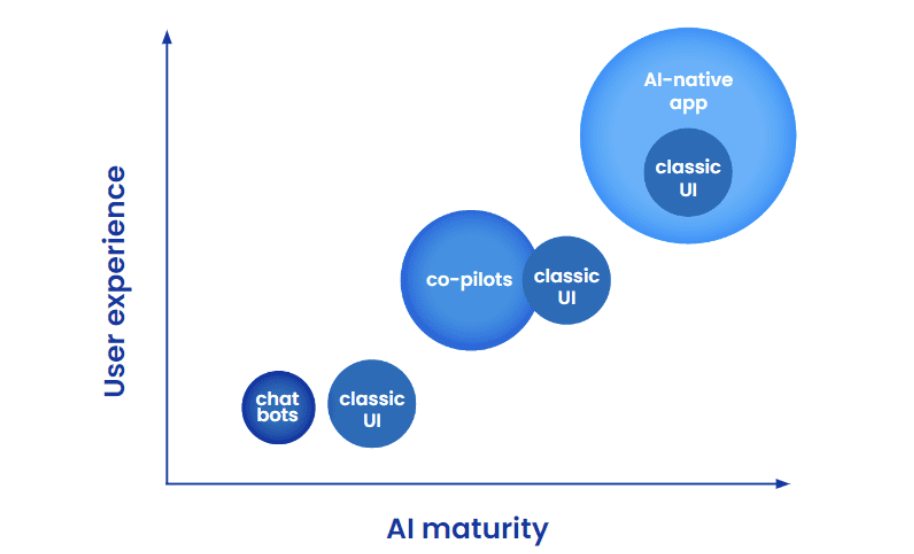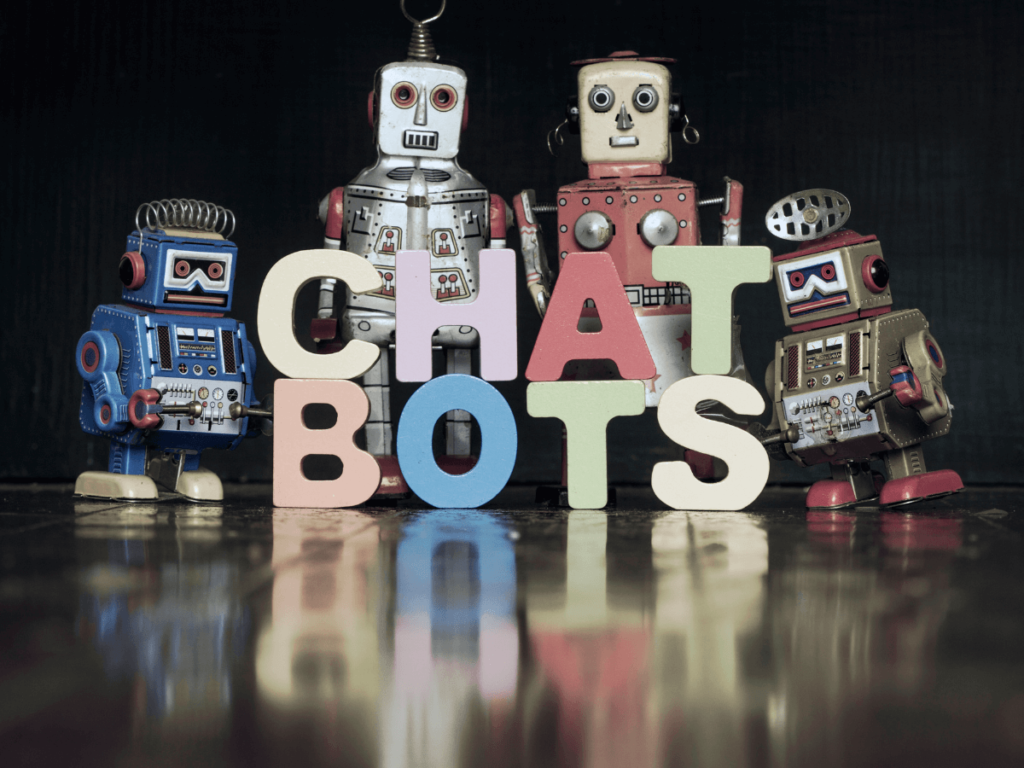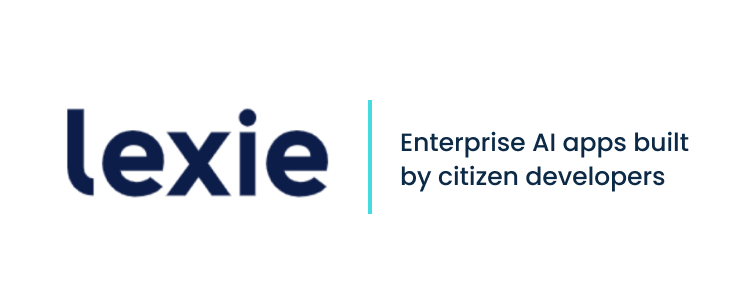Revolutionizing User Experience with AI
“Generative AI is just a phase. What’s next is interactive AI” said Mustafa Suleyman, the co-founder of Google’s DeepMind.
Rich Miner, the founder of Android, at the AGI House event described the future of UX as follows:
- “We will interact with computers in natural language, beyond just pushing buttons and writing code.
- Everyone will be able to collaborate on building apps, and apps will be personalized for each user.
- The user experience will be flattened, i.e. users’ natural language commands (even the complex ones) will be decomposed automatically across different UX components.”
At Lexie.ai, we have developed a programming framework for building AI-native applications. Our customers include e-commerce, fintech, and prop-tech companies that are looking to improve their user experience and stay ahead of the competition using AI. Our customers typically go through a journey of improving their software at different stages of maturity, from introducing a standard chatbot – separate from their main application, to adding AI-copilots to their software, and finally adopting an AI-native user experience. In this blog, we will elaborate on these alternatives and describe their pros and cons.

Chatbots: The Adaptive Conversationalists
Chatbots have become ubiquitous in the digital landscape. Powered by Large Language Models (LLMs), these AI-driven conversation agents aim to provide users with quick answers and assistance in a conversational manner. This evolution has led to a more personalized and enjoyable user experience, thanks to their ability to comprehend natural language and adapt to a broad range of queries.
Chatbots excel at handling routine tasks and relatively simple queries, making them valuable for customer support and information retrieval. Their adaptability makes them a versatile tool that can be tailored to specific domains and applications.

Co-Pilots: The Guiding Hands
Co-pilots take a hands-on approach to assist users in navigating more complex applications. They work in tandem with the main application UI, offering guidance and assistance within some of the functionalities in the app. Think of them as a digital assistant sitting shotgun, helping you navigate the road of specific functionalities within an application’s interface.

AI-Native Apps: The Future of Seamless Interaction
Now, let’s talk about AI-native apps, the game-changers in the world of user experience. What sets AI-native apps apart is that they are not merely a feature or an afterthought. When an AI-native app is built, or when an existing app is transformed into an AI-native one, it revolutionizes the user experience. Here’s how:
- Comprehensive AI-copilot for Core Functionalities: AI-native apps inherently provide co-pilot functionality for all features within the app. Unlike co-pilots, which are typically limited to assisting within specific functionalities, AI-native apps seamlessly integrate AI across the entire app ecosystem. This means you have an AI-powered co-pilot at your disposal for every aspect of the app.
- Novel Functionalities: AI-native apps take things a step further by automatically generating novel functionalities. These functionalities are based on the application’s specification, knowledge base, and a set of guardrails provided by the app’s author. The “guardrails” specify which parts of the knowledge base can be used to create novel functionalities. This ensures that AI-native apps enhance rather than disrupt the user experience while adhering to predefined guidelines set by the app’s author.

In essence, AI-native apps are a holistic approach to transforming the way we interact with technology. They don’t just assist users; they enhance every facet of the app, providing guidance and automating tasks seamlessly across the entire application using a simple natural language interface. Plus, their ability to generate novel functionality based on the app’s knowledge base, within the specified guardrails, adds a layer of innovation and efficiency that chatbots and co-pilots simply cannot match.
The Superiority of AI-Native Apps
So, why are AI-native apps superior to chatbots and co-pilots? Here are a few key reasons:
- Comprehensive Assistance: AI-native apps provide co-pilot functionality for all features within the app, offering users assistance across the board using a simple natural language interface.
- Automated Innovation: AI-native apps generate novel functionalities based on app specifications, enhancing user productivity and problem-solving capabilities while adhering to the app author’s guidelines.
